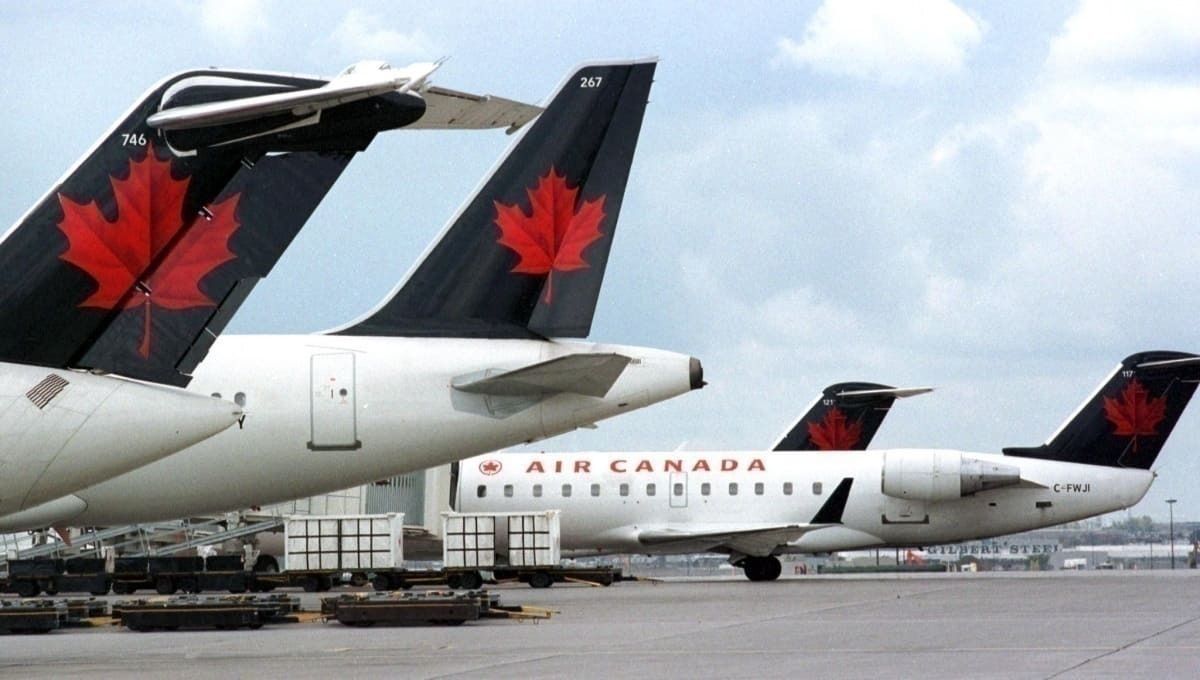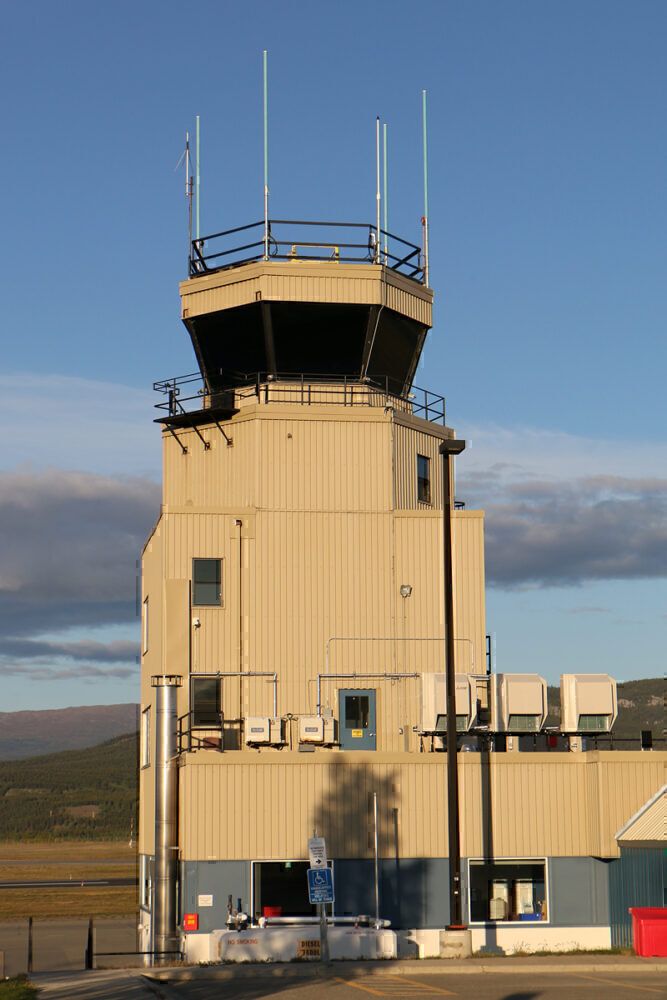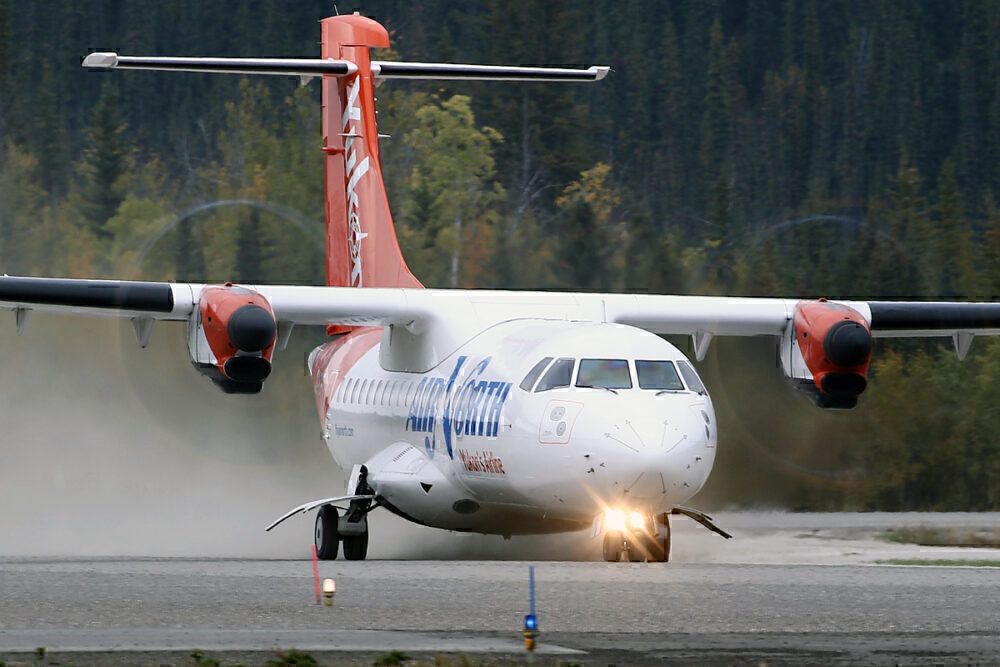In an effort to control costs during the ongoing health crisis, it was revealed today that NAV CANADA is proposing to cut air traffic control jobs across Canada. But there are safety concerns, with some airlines and aviation experts warning that the cuts would remove a layer of protection.
Jobs may be cut at seven ATC towers
Reports suggest that NAV CANADA is considering reducing the number of air traffic control (ATC) jobs in Canada. The cuts, prompted by the continued slump in air travel, would affect seven control towers across the country.
NAV CANADA is a private, not-for-profit company, that operates Canada's civil air navigation system. In an internal memo obtained by CBC, Neil Wilson, president and CEO of NAV CANADA, informs staff that the company is conducting studies of ATC towers at airports that have been identified as having low air traffic levels.
The affected locations are Regina, Whitehorse, Fort McMurray in Alberta, Prince George in British Columbia, and Sault Ste. Marie and Windsor in Ontario. The company is also looking at closing a control tower in St. Jean, Quebec. The memo says the studies "will result in workforce adjustments." While Mr Wilson said that his commitment to safety is unwavering, he wrote,
"We are working closely with our bargaining agents to safely streamline our operations in an ongoing effort to align with traffic levels."
Since March, the number of flights across Canada has been dramatically reduced by the COVID-19 pandemic. In September, air traffic dropped by 63% over the same month last year.
ATC job cuts could compromise safety
NAV CANADA is considering the transition of six affected towers to "Flight Service Stations," with flight service specialists replacing air traffic controllers who cost more to employ. While they don’t have the power to control air traffic and ensure the separation of planes in flight or on the ground, they provide advisory services and information about weather, runway conditions, and air traffic. It is up to pilots to keep a safe distance from other planes.
Joe Sparling, president of Whitehorse-based airline Air North, expressed his concerns, saying that Whitehorse doesn't have radar, so the tower can't see air traffic on its screens. Reducing the air traffic controllers at the airport could make it harder for pilots to keep track of everything in the air. He said,
"It removes the level of safety afforded to air operators. During peak season, during heavy traffic periods, it is a safer environment if you're in a tower environment . . .The worst instance would be a collision or something like that.
"We would encourage Nav Canada to look for other cost reduction measures."
NAV CANADA says safety is the number one priority
NAV CANADA says that safety is always its number one priority and that it would never do anything to jeopardize that. The company’s cost-cutting studies follow a process set by Transport Canada and include public consultation.
The Canadian Transport Minister’s office said that NAV CANADA must ensure that "rigorous aviation safety standards" will be maintained before implementing any job cuts. If he considers the cuts would cause an unacceptable risk to aviation safety, the Transport Minister has the power to instruct NAV CANADA to maintain service levels.
Simple Flying reached out to NAV CANADA which gave us the following statement:
"NAV CANADA continues to take steps to safely streamline its operations to help preserve the sustainability of the country’s Air Navigation System. The Company is moving forward with additional adjustments to its services and will be launching level of service reviews for six air traffic control towers. This includes completing a rigorous, safety-focused review of air traffic to determine whether airport advisory services should be offered in lieu of air traffic control.
NAV CANADA must continue to fulfill its commitment to efficiently run Canada’s air navigation system, ensuring that the services supplied align with market demands. The following sites were identified for review as a result of long-term air traffic levels, including prior to the pandemic:
- Fort McMurray Tower, AB
- Prince George Tower, BC
- Regina Tower, SK
- Sault Ste. Marie Tower, ON
- Whitehorse Tower, YT
- Windsor Tower, ON
Aeronautical studies apply a safety-focused and Transport Canada regulated process, which NAV CANADA has followed in support of its globally recognized safety record for more than 20 years. This rigorous, systematic approach provides for full consultation with all affected stakeholders, with the key factor being safety."
What do you think of the possibility of ATC job cuts in Canada? Let us know in the comments.



